
Growing mustard seeds at home is a simple and rewarding process that allows you to enjoy fresh, flavorful seeds for cooking. This guide covers everything you need to know, from planting and caring for mustard plants to harvesting, drying, and storing the seeds for long-term use. Whether you're a seasoned gardener or a beginner, you'll learn how to grow your own mustard seeds and use them in delicious recipes.
Table of Contents
- Why Grow Your Own Mustard Seeds?
- How to Grow Mustard Plants
- Harvesting Mustard Pods Like a Pro
- Drying and Storing Mustard Seeds
- Creative Uses for Homemade Mustard Seeds
- Buying Guide: Choosing the Right Tools and Kits
- Frequently Asked Questions About Mustard Seeds
- Conclusion
Why Grow Your Own Mustard Seeds?
Growing your own mustard seeds might sound like a niche hobby, but it's actually one of the simplest and most satisfying ways to add flavor to your cooking while saving money. Plus, there's something deeply gratifying about using a jar of homemade mustard made from seeds you nurtured from sprouts!
Mustard plants are not only easy to grow, but they also offer multiple culinary benefits. The leaves can be used as greens (similar to kale), and the flowers attract pollinators. And let's not forget — the seeds are what give mustard its signature punch. So why rely on store-bought when you can have a fresh, organic supply right at home?
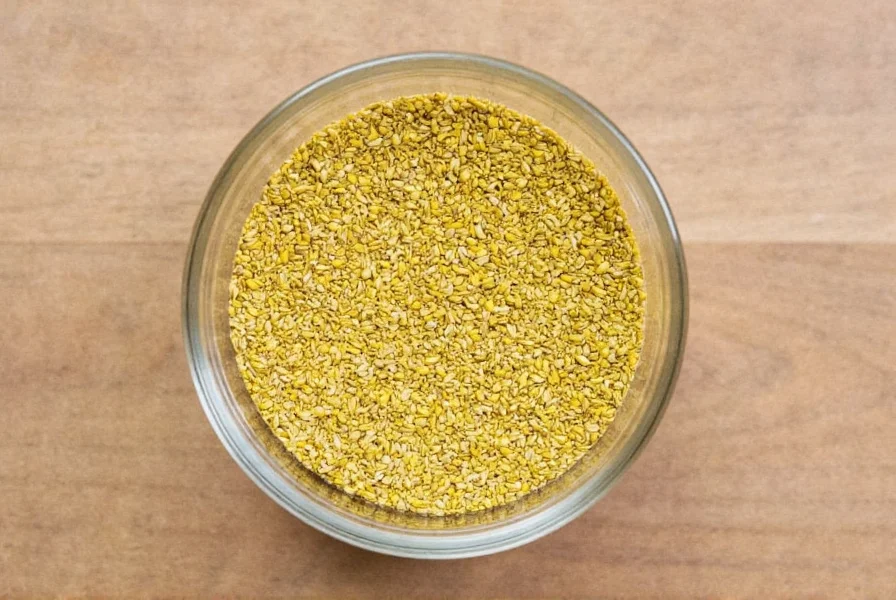
How to Grow Mustard Plants
If you've ever grown leafy greens, then mustard plants will feel familiar. They thrive in cool weather, which means you can plant them early in spring or late in fall depending on your climate zone. Here's a quick guide to get you started:
- Choose the right variety: There are three main types of mustard plants: white/yellow mustard (Sinapis alba), brown mustard (Brassica juncea), and black mustard (Brassica nigra). White is mild, brown is spicier, and black is the boldest.
- Planting conditions: Mustard prefers well-drained soil with full sun. Sow seeds directly into the ground after the last frost, around ½ inch deep.
- Water regularly: Keep the soil consistently moist, especially during germination and flowering stages.
- Pest control: Aphids and flea beetles may attack young plants. Use neem oil or floating row covers to protect them.
Once the plants start blooming, small green pods will begin to form. This is where the magic happens — each pod holds the seeds that will eventually become your culinary treasure.
Maintenance Tips
| Care Tip | Description |
|---|---|
| Weeding | Regular weeding prevents competition for nutrients |
| Fertilizing | Use compost or balanced fertilizer once every few weeks |
| Spacing | Keep 6–12 inches between plants to allow proper air circulation |
Harvesting Mustard Pods Like a Pro
Timing is everything when it comes to harvesting mustard pods. Wait too long, and the pods will burst open and scatter your precious seeds. Pick them too early, and the seeds won't be mature enough. Here's how to do it right:
- Watch the color change: Pods start off bright green and gradually turn yellowish or tan when ready for harvest.
- Check firmness: Gently squeeze a pod. It should feel slightly firm but not rock hard.
- Snip the stalks: Use pruning shears to cut entire stalks when most pods are mature but not yet splitting.
- Dry before extracting: Lay the stalks on a clean surface in a dry, airy space for 1–2 weeks until the pods are completely dry.
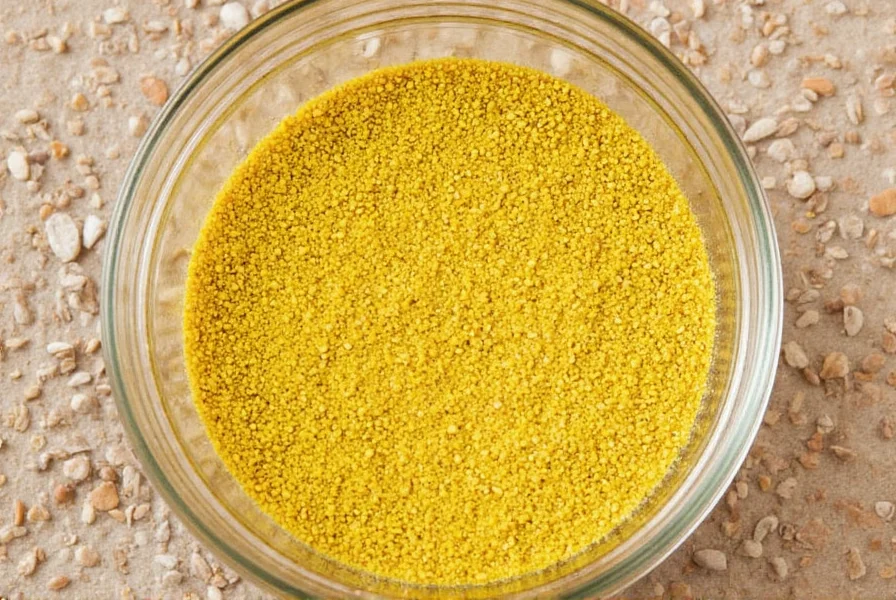
What If I Don't Want to Dry Them Indoors?
No problem! If you live in a dry, warm climate, you can hang the stalks outside under a covered porch or in a shed. Just keep them away from direct sunlight and moisture.
Drying and Storing Mustard Seeds
After the pods have dried, it's time to extract those golden treasures inside. Here's how to do it without losing half the seeds to the wind:
- Rub the pods: Place dried pods in a large paper bag and shake vigorously, or gently crush them by hand.
- Winnow the chaff: Pour seeds back and forth between two bowls in front of a fan to separate the light husks from the heavier seeds.
- Store properly: Keep seeds in an airtight container in a cool, dark place. Properly stored, mustard seeds can last up to 3–5 years!
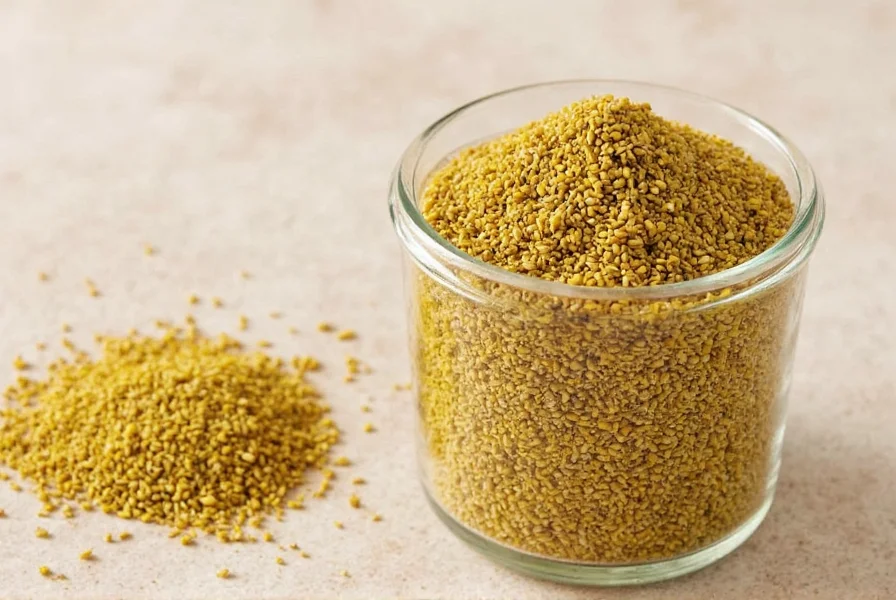
Shelf Life Comparison
| Type of Storage | Expected Shelf Life |
|---|---|
| Plastic Bag | Up to 1 year |
| Glass Jar with Lid | 2–3 years |
| Vacuum-Sealed Container | 3–5 years |
Creative Uses for Homemade Mustard Seeds
Now that you've got a stash of freshly harvested mustard seeds, let's talk about the best part — putting them to use! Here are some top-notch ideas:
- Homemade Mustard: Grind the seeds, mix with vinegar, water, and salt, and voilà — gourmet mustard!
- Tempering in Indian Cooking: Toast seeds in hot oil to release their nutty aroma and add depth to curries and dals.
- Pickling Power: Mustard seeds are a staple in many pickling recipes for their sharp, pungent bite.
- Spiced Honey Mustard: Combine crushed seeds with honey and Dijon for a killer dipping sauce.
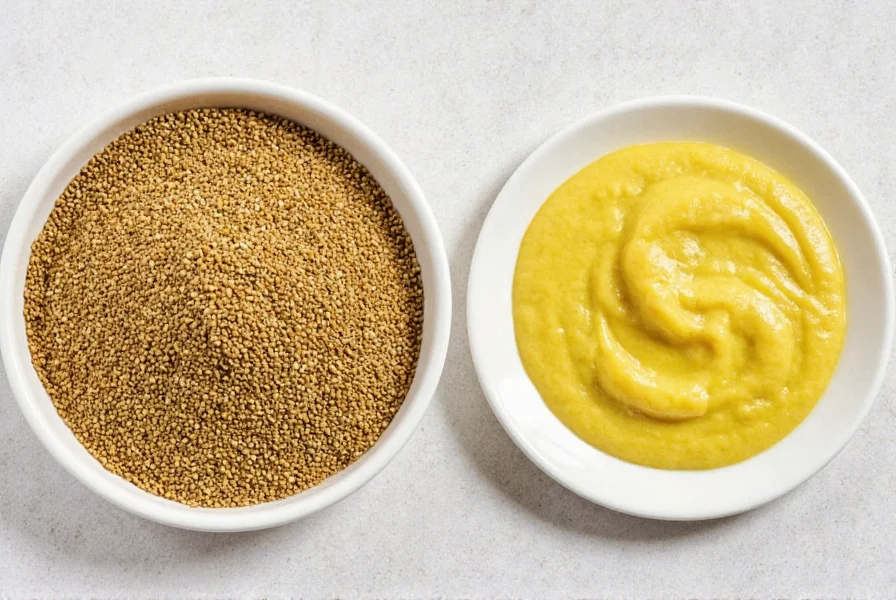
Mustard Type Flavor Chart
| Mustard Seed Type | Flavor Profile | Best Used In |
|---|---|---|
| White/Yellow | Mild and tangy | American-style mustards, dressings |
| Brown | Spicy and complex | Dijon mustards, marinades |
| Black | Earthy and intense | Indian pickles, tempering |
Buying Guide: Choosing the Right Tools and Kits
If you're new to growing mustard seeds or just want to streamline the process, investing in the right tools can make all the difference. Here's a breakdown of essential items and recommended products:
Recommended Gardening Kits
| Product Name | Features | Advantages | Target Audience |
|---|---|---|---|
| GrowPro Mustard Seed Kit | Includes non-GMO seeds, soil pellets, and detailed guide | All-in-one starter kit; great for beginners | Home gardeners, kids' science projects |
| EcoGarden Organic Fertilizer Pack | Organic compost and worm castings | Boosts plant health naturally | Organic growers, eco-conscious gardeners |
| Hearth & Harvest Seed Drying Rack | Stackable mesh trays for airflow | Speeds up drying time, reduces mold risk | Anyone serious about seed preservation |
Must-Have Kitchen Tools
| Tool | Function | Recommended Brand | Why Choose It? |
|---|---|---|---|
| Manual Spice Grinder | Crushes seeds for mustard making | KitchenCraft Precision Mill | Durable, adjustable grind settings |
| Wide-Mouth Mason Jars | Storage for seeds and homemade mustard | Ball Wide Mouth Quart | Airtight lids, perfect for pantry organization |
| Mesh Sieve | Separates seeds from chaff | Chefmate Fine Mesh Strainer | Stainless steel, dishwasher safe |
Frequently Asked Questions About Mustard Seeds
How do I know when mustard seeds are ready to harvest?
Mustard seeds are ready for harvest when the pods change from bright green to a yellowish or tan color. The pods should feel slightly firm but not rock hard when gently squeezed. If you wait too long, the pods will burst open and scatter the seeds.
What's the difference between white, brown, and black mustard seeds?
White/yellow mustard seeds (Sinapis alba) have a mild, tangy flavor and are commonly used in American-style mustards. Brown mustard seeds (Brassica juncea) are spicier and more complex, ideal for Dijon mustards. Black mustard seeds (Brassica nigra) have the most intense, earthy flavor and are often used in Indian cooking and pickling.
Can I grow mustard seeds indoors?
While mustard plants prefer outdoor growing conditions, you can grow them indoors with proper lighting (at least 6 hours of direct sunlight or equivalent grow lights), good air circulation, and well-draining soil. Just be aware that indoor plants may be smaller and produce fewer seeds than outdoor plants.
How long does it take to grow mustard seeds from planting to finished product?
From planting to harvesting mature seeds typically takes 8-12 weeks, depending on the variety and growing conditions. After harvesting, you'll need an additional 1-2 weeks for drying the pods and extracting the seeds. So the complete process from planting to having ready-to-use seeds takes about 2-3 months.
Can I eat mustard seeds raw?
Yes, but they'll be quite bitter and hard to digest. Toasting or grinding them brings out more flavor and makes them easier to eat.
How many seeds does one mustard plant produce?
A single healthy mustard plant can produce anywhere from 1,000 to 3,000 seeds, depending on the variety and growing conditions. Each pod typically contains 10-20 seeds, and a mature plant can develop 20-50 pods.
What's the best way to dry mustard seeds?
The best method is to cut the entire stalk when most pods are mature but not yet splitting, then hang them upside down in a dry, airy space for 1-2 weeks. You can also spread the pods on a mesh screen or paper bag in a single layer away from direct sunlight. The key is maintaining good airflow while protecting from moisture.
How long do mustard plants take to mature?
Depending on the variety and growing conditions, mustard plants typically take 40-70 days from planting to maturity for seed production.
Do mustard seeds need to be refrigerated after grinding?
Once ground, mustard paste should be refrigerated and used within 1-2 months for optimal flavor. Whole seeds, however, can be stored at room temperature in an airtight container for 3-5 years.
How can I prevent mustard pods from bursting before harvest?
To prevent premature bursting, monitor the pods closely as they mature. Harvest when they turn yellowish/tan but before they become brittle. You can also place paper bags over clusters of pods as they mature to catch seeds if they do burst. Another technique is to harvest the entire stalk slightly early and finish drying indoors.
Conclusion
Learning how to grow mustard seeds at home isn't just a quirky DIY project — it's a gateway to deeper culinary creativity and self-sufficiency. From planting to preserving, each step offers opportunities to experiment and enjoy nature's flavorful gifts.
Whether you're making your own mustard condiments, spicing up soups, or adding texture to breads and pastries, homegrown mustard seeds elevate both taste and satisfaction. So roll up your sleeves, grab a trowel, and start cultivating those bold little seeds today. Your kitchen (and taste buds) will thank you!
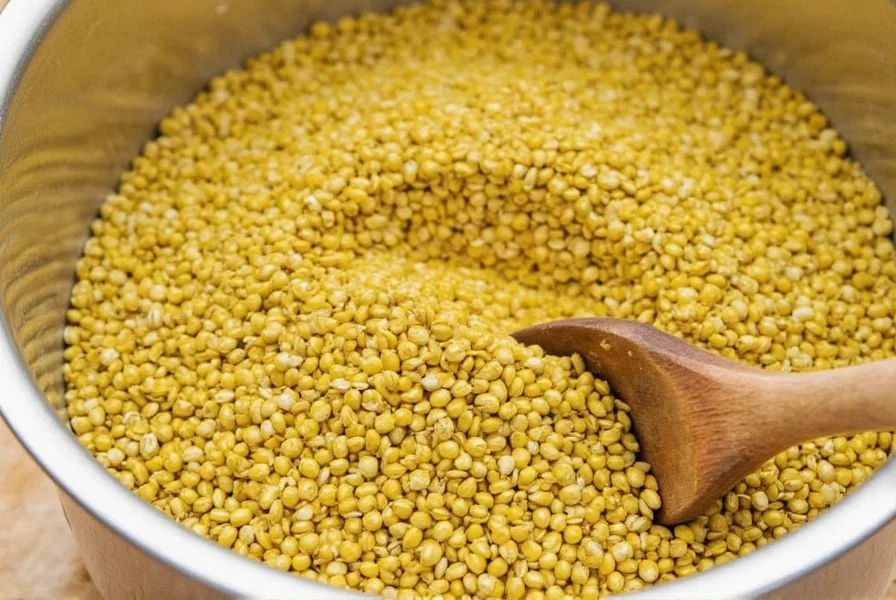

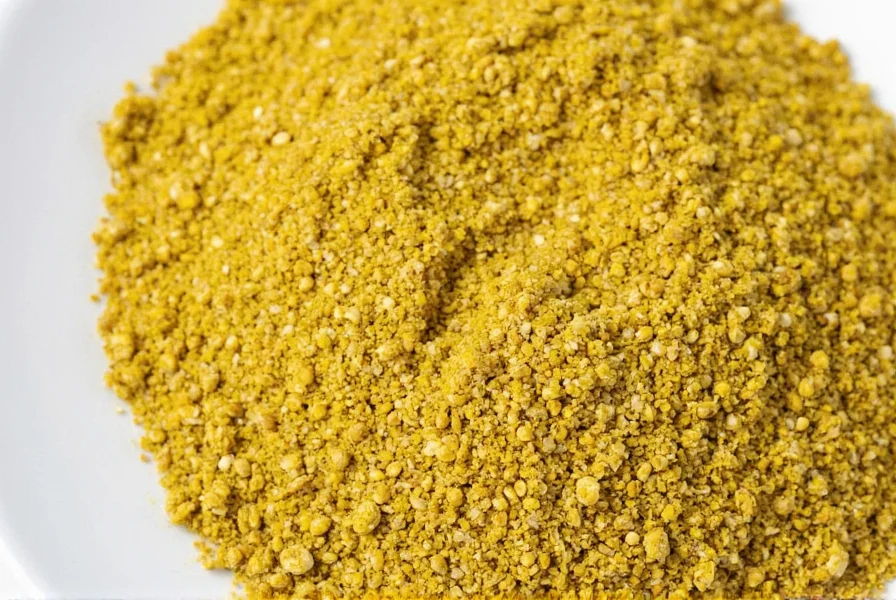









 浙公网安备
33010002000092号
浙公网安备
33010002000092号 浙B2-20120091-4
浙B2-20120091-4